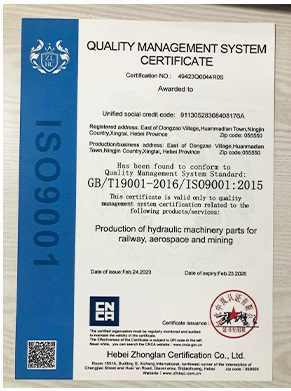- Arabic
- French
- Russian
- Spanish
- Portuguese
- Turkish
- Armenian
- English
- Albanian
- Amharic
- Azerbaijani
- Basque
- Belarusian
- Bengali
- Bosnian
- Bulgarian
- Catalan
- Cebuano
- Corsican
- Croatian
- Czech
- Danish
- Dutch
- Afrikaans
- Esperanto
- Estonian
- Finnish
- Frisian
- Galician
- Georgian
- German
- Greek
- Gujarati
- Haitian Creole
- hausa
- hawaiian
- Hebrew
- Hindi
- Miao
- Hungarian
- Icelandic
- igbo
- Indonesian
- irish
- Italian
- Japanese
- Javanese
- Kannada
- kazakh
- Khmer
- Rwandese
- Korean
- Kurdish
- Kyrgyz
- Lao
- Latin
- Latvian
- Lithuanian
- Luxembourgish
- Macedonian
- Malgashi
- Malay
- Malayalam
- Maltese
- Maori
- Marathi
- Mongolian
- Myanmar
- Nepali
- Norwegian
- Norwegian
- Occitan
- Pashto
- Persian
- Polish
- Punjabi
- Romanian
- Samoan
- Scottish Gaelic
- Serbian
- Sesotho
- Shona
- Sindhi
- Sinhala
- Slovak
- Slovenian
- Somali
- Sundanese
- Swahili
- Swedish
- Tagalog
- Tajik
- Tamil
- Tatar
- Telugu
- Thai
- Turkmen
- Ukrainian
- Urdu
- Uighur
- Uzbek
- Vietnamese
- Welsh
- Bantu
- Yiddish
- Yoruba
- Zulu
नवम्बर . 01, 2024 09:13 Back to list
Guide to Installing a Serpentine Belt for Optimal Engine Performance
Installing the Serpentine Belt A Complete Guide
The serpentine belt is a crucial component of your vehicle's engine, responsible for driving multiple peripheral devices such as the alternator, power steering pump, water pump, and air conditioning compressor. Over time, the serpentine belt can wear out, leading to potential engine failures or accessory problems. Therefore, knowing how to install a new serpentine belt can save you time and money. This article will guide you through the installation process step-by-step.
Tools and Materials Needed
Before you begin, gather the necessary tools a ratchet set, a serpentine belt tool (or socket wrench), and a new serpentine belt. It's also helpful to have a repair manual specific to your vehicle to identify the belt routing and tensioner configuration.
Step-by-Step Installation
1. Safety First Ensure the engine is off and has cooled down. Disconnect the negative battery terminal to prevent any electrical mishaps.
2. Locate the Belt Open the hood and locate the serpentine belt. Check the routing diagram, usually found on a sticker near the engine bay or in your repair manual.
3. Release Tension Use a serpentine belt tool or a ratchet wrench to rotate the tensioner pulley. This will relieve tension on the belt. While holding the tensioner in this position, remove the old belt from the pulleys.
installing the serpentine belt

4. Inspect Components Before installing the new belt, inspect the pulleys and accessories driven by the belt. Look for any signs of wear, misalignment, or damage that may need addressing.
5. Install the New Belt Refer to the routing diagram and carefully route the new serpentine belt around the pulleys. Ensure that the belt sits snugly in the grooves and that you've followed the correct path.
6. Apply Tension With the belt in place, use the tensioner tool to apply tension to the belt. Make sure it’s securely seated on all pulleys before releasing the tensioner.
7. Double-Check After installation, double-check the belt alignment and tension. A misaligned belt can cause premature wear or failure.
8. Reconnect the Battery Finally, reconnect the negative battery terminal, start your vehicle, and observe the belt in action to ensure everything is functioning smoothly. Look out for any unusual noises or vibrations.
Conclusion
Installing a serpentine belt is a straightforward process that can be completed with basic tools and a little patience. Regular maintenance of your vehicle’s serpentine belt not only contributes to a smoother ride but can also prevent more significant issues down the line. If you're unsure at any step, consider consulting a professional mechanic for assistance.
-
Korean Auto Parts Timing Belt 24312-37500 For Hyundai/Kia
NewsMar.07,2025
-
7PK2300 90916-T2024 RIBBED BELT POLY V BELT PK BELT
NewsMar.07,2025
-
Chinese Auto Belt Factory 310-2M-22 For BMW/Mercedes-Benz
NewsMar.07,2025
-
Chinese Auto Belt Factory 310-2M-22 For BMW/Mercedes-Benz
NewsMar.07,2025
-
90916-02660 PK Belt 6PK1680 For Toyota
NewsMar.07,2025
-
drive belt serpentine belt
NewsMar.07,2025

